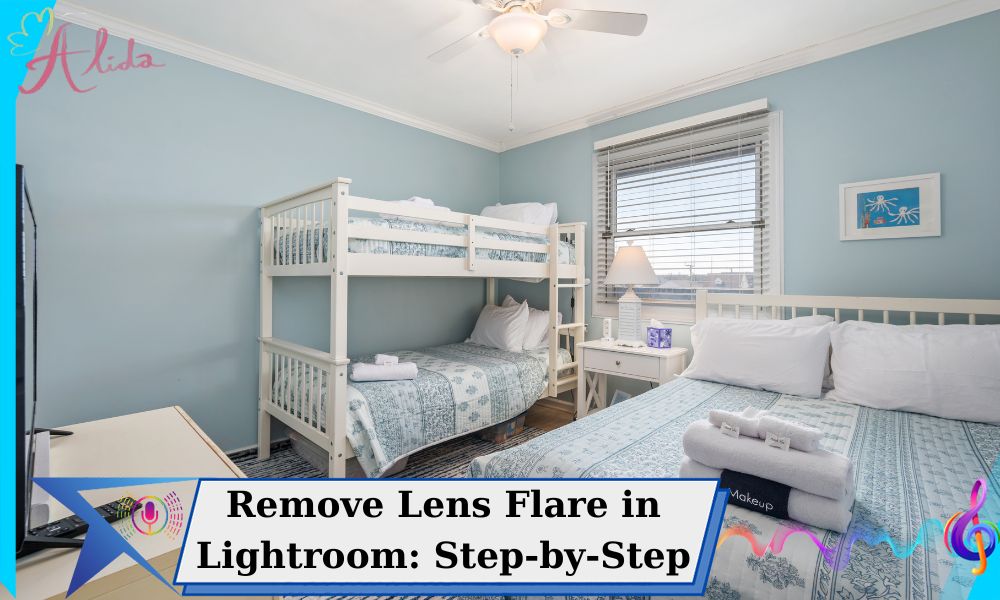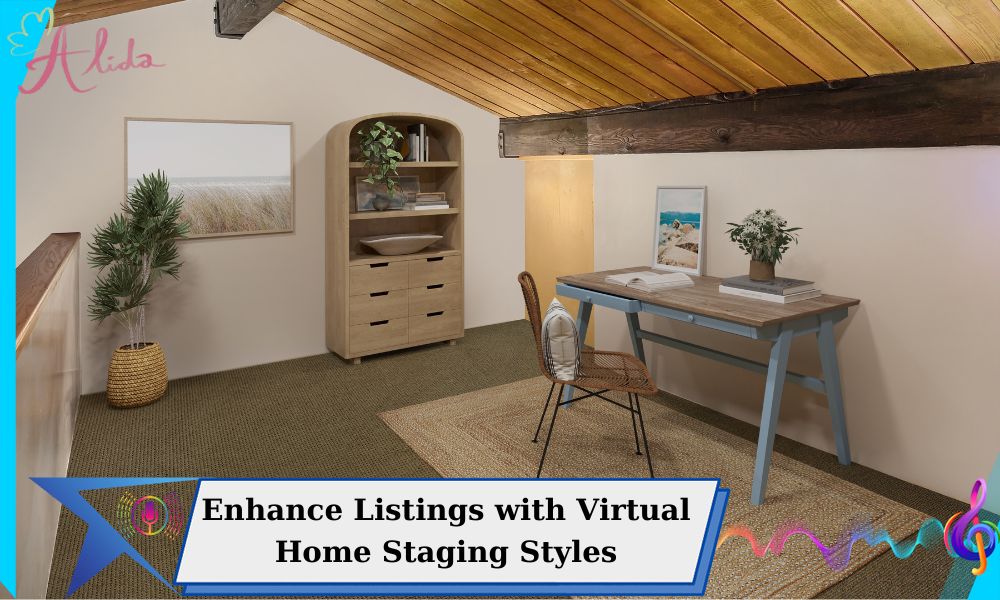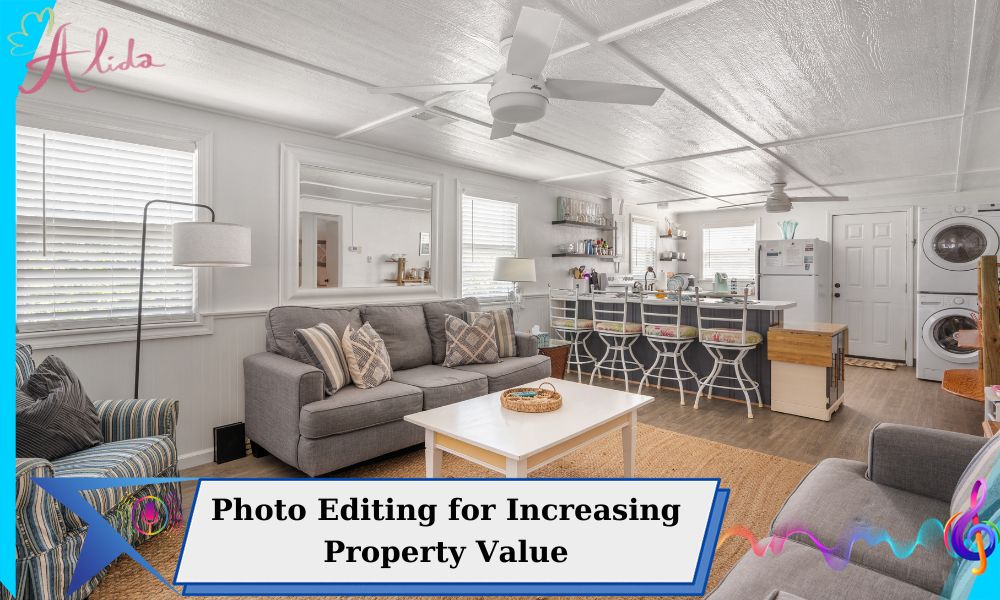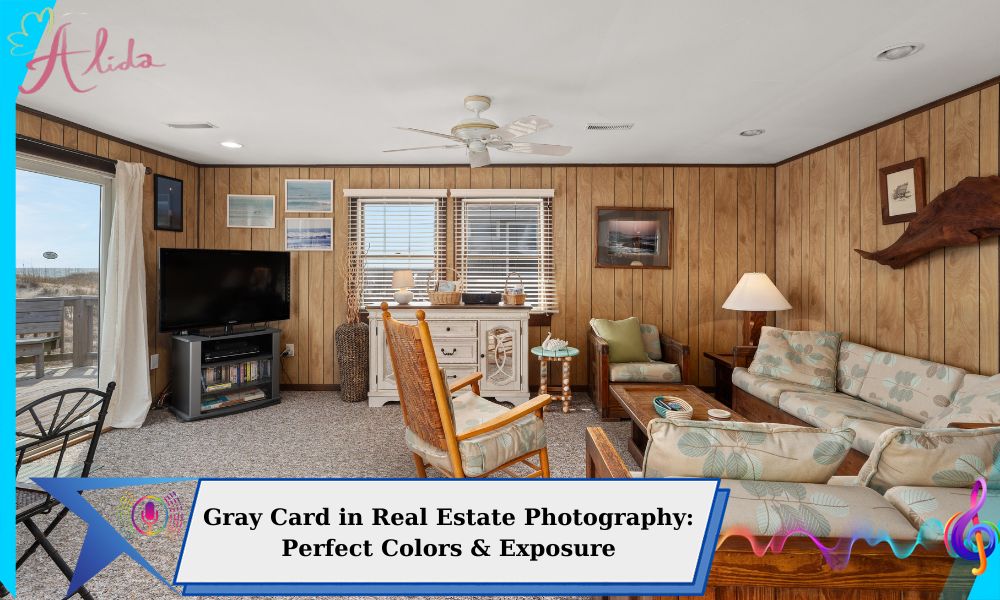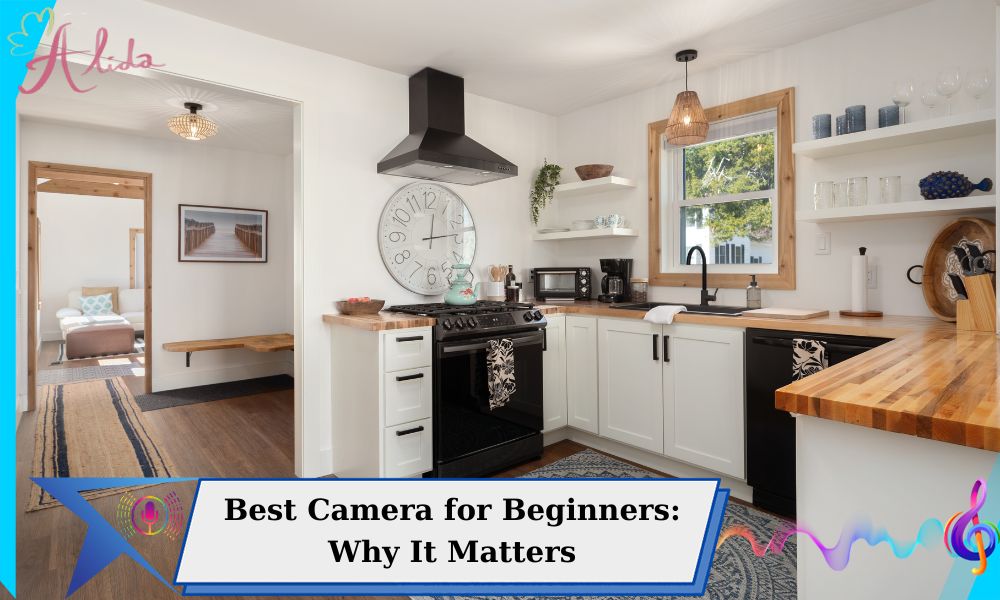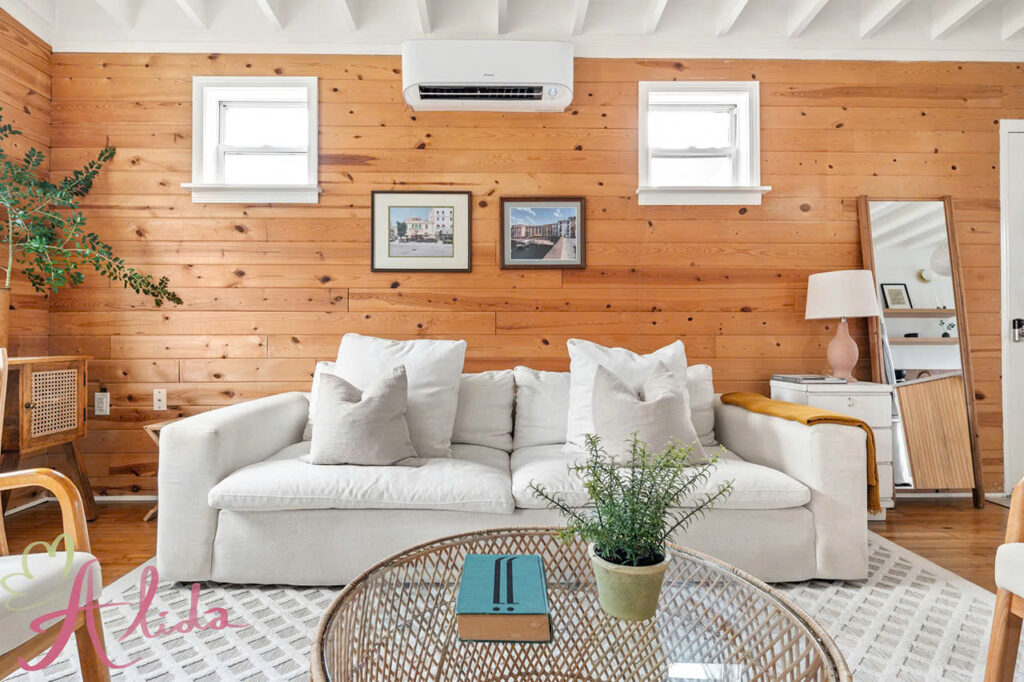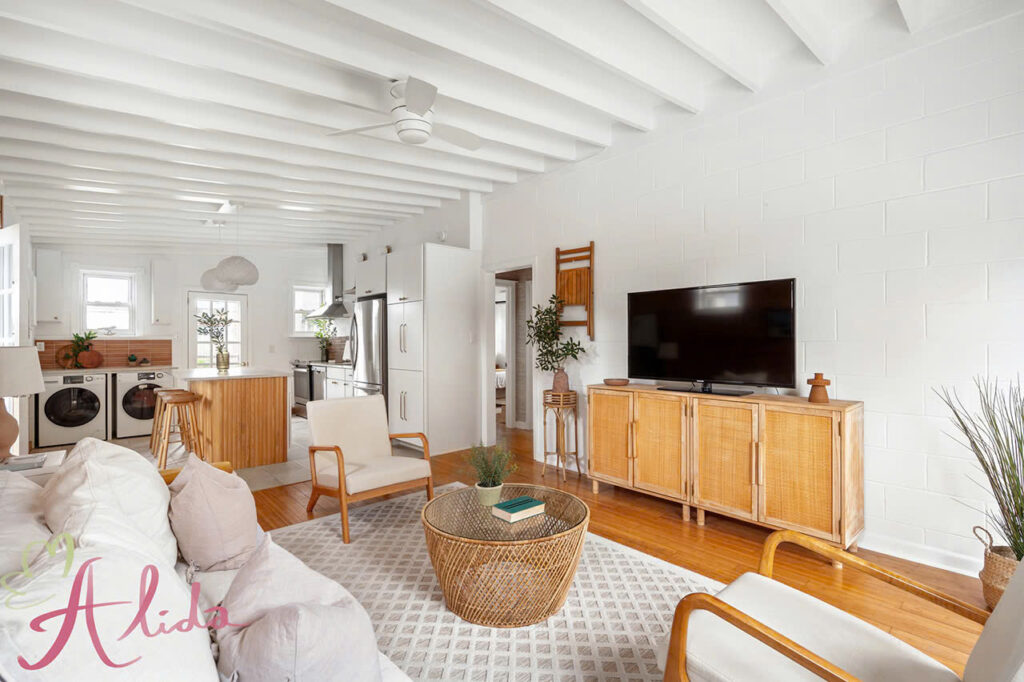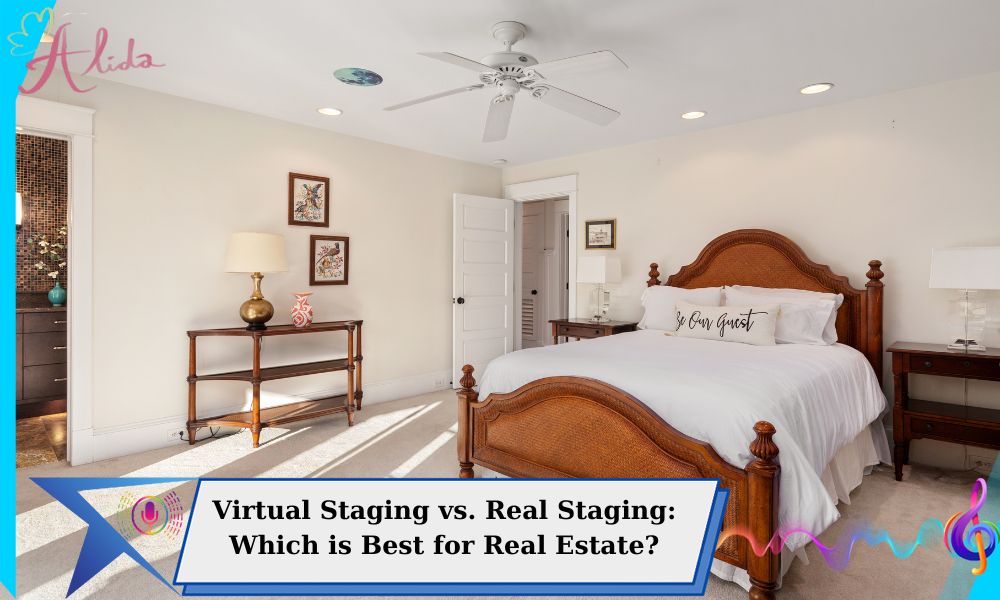In the competitive world of real estate, staging plays a crucial role in attracting buyers and increasing property value. A well-staged home helps potential buyers visualize the space and make an emotional connection, leading to quicker sales and higher offers. When it comes to staging, there are two primary methods: Virtual Staging and Real Staging. Each has its own benefits, costs, and ideal use cases. This article will explore Virtual Staging vs. Real Staging, highlighting their differences and helping you determine which option is best for your property.
What is Virtual Staging?
Definition: Virtual Staging is a digital technique that involves using software to add furniture, decor, and design elements to property photos. It is commonly used in real estate marketing to showcase a fully furnished space without physically staging it.
Benefits of Virtual Staging
- Lower Cost – Virtual Staging is significantly more affordable than traditional staging. While real staging can cost thousands of dollars, virtual staging can be done for a fraction of the price.
- Quick Turnaround Time – Since Virtual Staging is done digitally, it can be completed within a few days, compared to the time-consuming process of real staging.
- Highly Customizable – It allows real estate agents and sellers to experiment with different interior designs and layouts to appeal to various buyer preferences.
- Ideal for Empty Properties – Virtual Staging makes vacant homes look more appealing by giving potential buyers a sense of scale and design possibilities.
What is Real Staging?
Definition: Real Staging, also known as traditional home staging, involves physically arranging furniture and decor in a property to enhance its appeal for showings and listings.
Benefits of Real Staging
- Creates an Immersive Experience – Buyers can walk through the property and experience the layout, furniture, and ambiance firsthand.
- Stronger Emotional Connection – Seeing a fully furnished space in person can help buyers emotionally connect with the home, increasing their likelihood of making an offer.
- Works Well for Luxury Properties – High-end properties benefit from real staging as it allows for a more premium presentation of the space.
- Better for Open Houses – Physical staging ensures that homes look their best for in-person showings, making them more attractive to buyers.
Virtual Staging vs. Real Staging: Key Comparisons
- Cost
- Virtual Staging is significantly more affordable, with prices typically ranging from $30 to $150 per image.
- Real Staging can cost anywhere from $1,000 to $10,000 or more, depending on the property size and rental duration of furniture.
- Time Efficiency
- Virtual Staging takes only a few days to complete.
- Real Staging requires more time for furniture selection, transportation, arrangement, and potential removal.
- Flexibility
- Virtual Staging allows for unlimited design possibilities, making it easy to test different styles.
- Real Staging requires physical effort and costs to change furniture or decor.
- Buyer Experience
- Virtual Staging provides an impressive visual representation online but may lack realism during in-person visits.
- Real Staging creates a tangible experience for buyers, making it easier for them to envision living in the home.
When to Choose Virtual Staging?
- When working with a limited budget.
- When needing a quick turnaround for online listings.
- When the property is vacant or newly built.
- When targeting out-of-town buyers who primarily rely on online listings.
When to Choose Real Staging?
- When selling a luxury or high-end property.
- When staging for open houses and in-person showings.
- When aiming to create an emotional impact on buyers.
- When showcasing a unique architectural design that benefits from in-person presentation.
Virtual Staging vs. Real Staging: Final Thoughts
Virtual Staging is cost-effective for digital listings, while Real Staging enhances in-person appeal. Choose based on budget, timeline, and buyers.
For expert real estate photo editing, contact Alida at photonews121@gmail.com!

